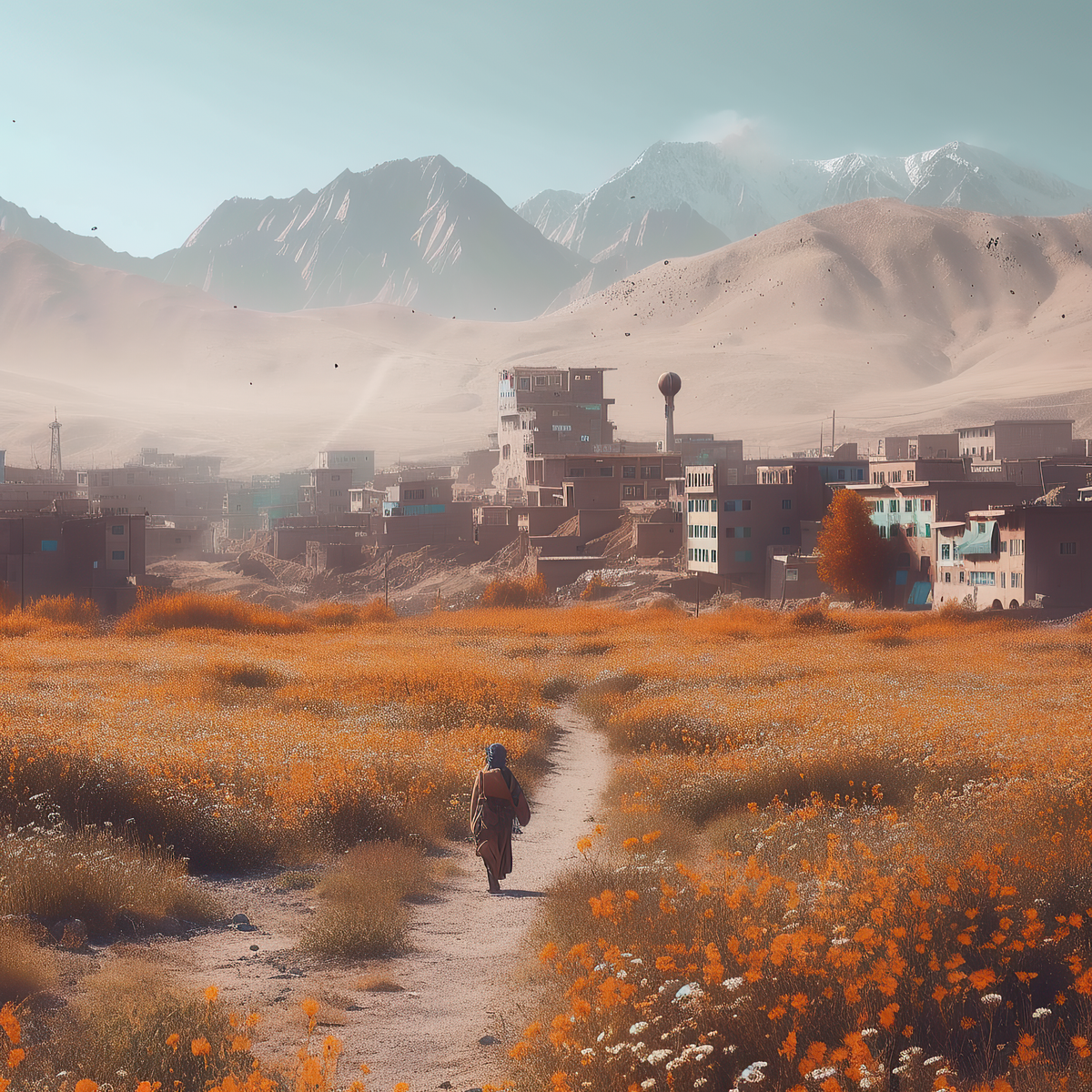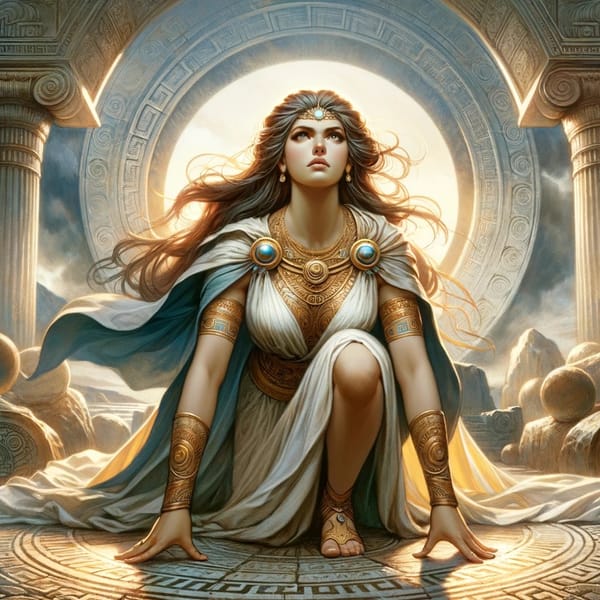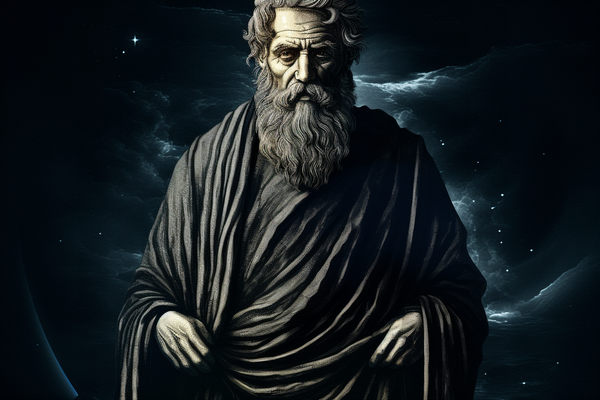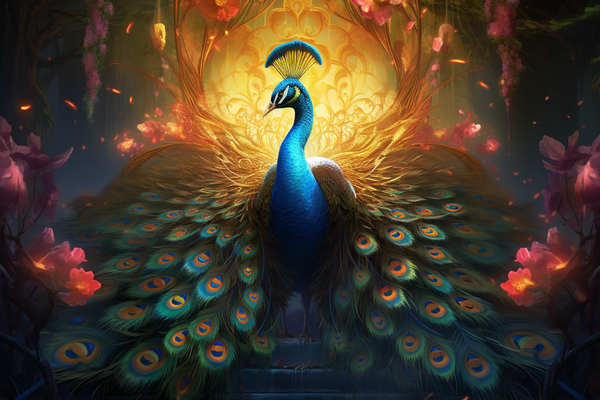A Timeline of Afghanistan
A broad timeline of Afghanistan from prehistoric times to present day.

Prehistoric Period (circa 300,000 BC to 2000 BC):
Archaeological evidence suggests that Afghanistan was inhabited by Homo erectus as early as 300,000 BC. The region was likely a center for early agricultural communities.
Bronze Age and Iron Age (2000 BC to 500 BC):
During this period, the region saw the rise of advanced urbanized civilizations like the Bactria-Margiana Archaeological Complex (BMAC) in northern Afghanistan. There's evidence of complex trading systems and cultural sophistication.
Achaemenid period (550 BC to 330 BC):
Though conquered by the Achaemenid Empire, this was also a time of cultural exchange. The region, known as Bactria and Arachosia, retained its cultural identity while also adopting Persian administrative practices.
Greco-Bactrian Kingdom (256 BC to 125 BC):
After the fall of the Achaemenid Empire, the Greco-Bactrian Kingdom emerged, blending Greek and local cultures. This era is particularly noted for its contributions to art, known as Greco-Buddhist art.
Maurya Empire (305 BC to 185 BC):
Ashoka the Great, who propagated Buddhism across the region, ruled Afghanistan. The edicts of Ashoka, written on pillars and rocks throughout the country, represent some of the oldest decipherable text in Afghanistan.
Kushan Empire (30 AD to 375 AD):
This was a period of great prosperity and cultural synthesis, with the Kushan Empire serving as a major hub on the Silk Road connecting China, India, and the Mediterranean. Buddhism flourished during this time.
Islamic Conquest and Arab Rule (652 AD to 870 AD):
Despite being under Arab rule, the region maintained a degree of autonomy. It was during this period that Afghanistan became a center for learning and culture in the Islamic world.
Ghaznavids and Ghorids (977 AD to 1215 AD):
These were periods of remarkable cultural and architectural achievements. Mahmud of Ghazni and Ghiyath al-Din Muhammad II are particularly remembered for their patronage of the arts and sciences.
Mongol and Timurid Empires (1220 AD to 1500 AD):
Despite the initial destruction by Mongol invasion, the region later experienced a cultural and intellectual revival under the Timurids, including the famous poet and philosopher Rumi.
Hotaki and Durrani Empires (1709 AD to 1826 AD):
The Hotaki dynasty was established by Mirwais Hotak, an influential Afghan tribal leader who successfully rebelled against Persian rule. The Durrani Empire, founded by Ahmad Shah Durrani, is often considered the beginning of modern Afghanistan.
Modern Period (1826 AD to Present):
This period includes the British Afghan Wars, the establishment of Afghanistan's borders, and its struggle for sovereignty. It also includes the country's efforts to modernize and develop under King Amanullah Khan in the 1920s, the Soviet invasion in 1979, and the recent conflicts involving the Taliban and international forces.





